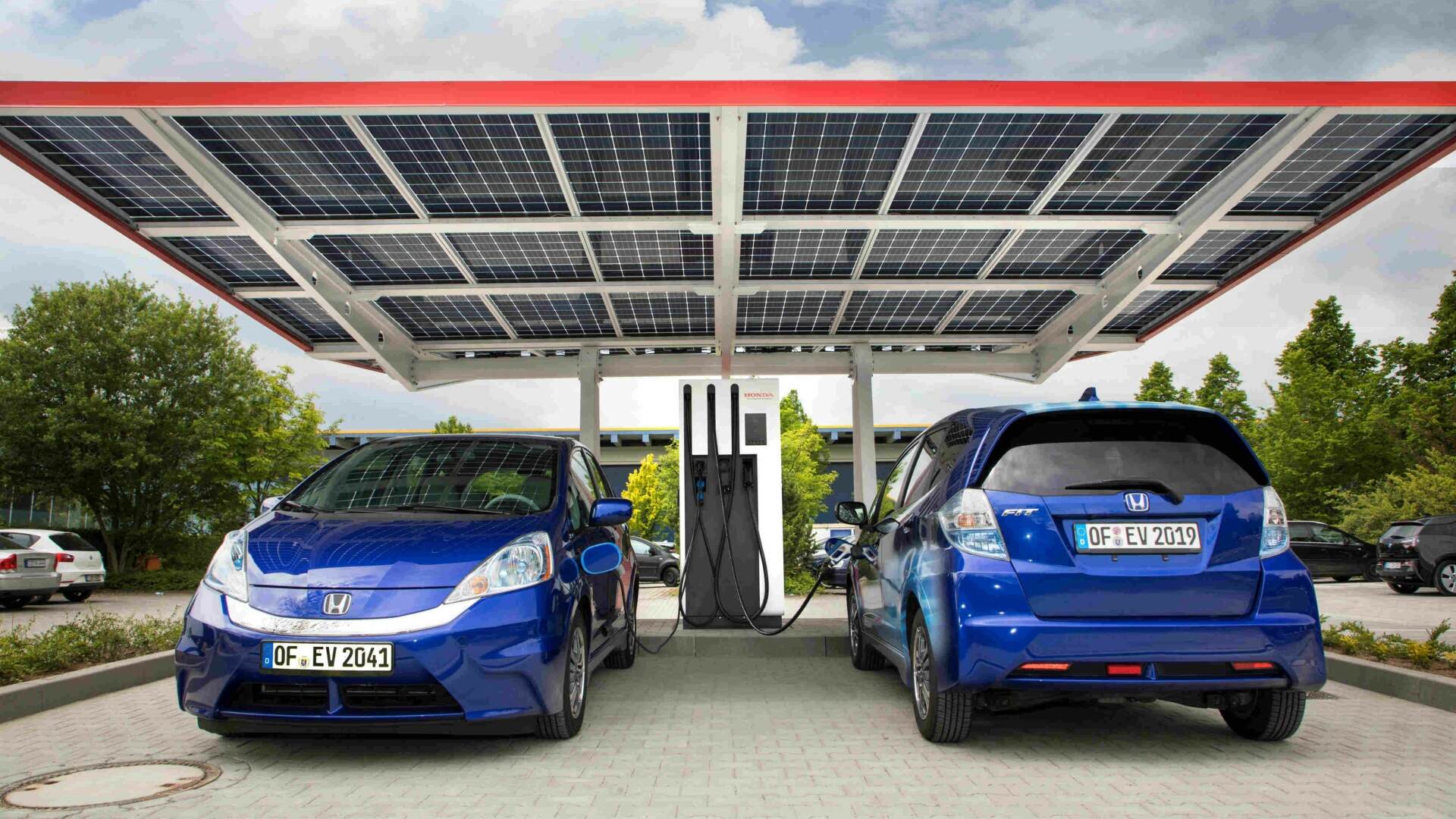Despite ambitious promises from automakers, the electric vehicle (EV) industry faces hurdles in meeting sales projections, highlighting the challenge of aligning supply with demand.
While reports often paint a bleak picture of the EV market, the reality is more complex. In 2023, global EV sales soared to record levels, reaching unprecedented highs in various markets, including a nearly 50 percent year-over-year increase in the U.S. to 1.1 million units, with Chinese automaker BYD alone selling nearly 1.6 million EVs.
However, there remains room for growth. Some models, like the Ford F-150 Lightning, initially saw strong sales in 2022 but failed to sustain momentum, leading to production cuts. Yet, with 24,165 Lightnings sold in 2023, the figure would have been astonishing a decade ago.
Several key milestones mark the evolution of the EV market, such as the introduction of the sub-$40,000 Chevy Bolt and Tesla Model 3 in 2017, followed by changes in federal tax credit eligibility criteria and the recent implementation of updated EV tax-credit rules by the IRS in 2023.

Despite these advancements, automakers have struggled to meet their ambitious EV targets. Many manufacturers made bold pledges in response to zero-emission standards. General Motors aimed to sell only zero-emission light-duty vehicles by 2035 and Nissan aimed for EVs to comprise over half of its sales by 2030.
However, most automakers, represented by the Alliance for Automotive Innovation, oppose EPA proposals targeting 67 percent of new vehicle sales being electric by 2032. In some cases, automakers’ missteps contribute to missed sales targets. Ford’s focus on high-priced EV pickups and GM’s emphasis on vehicles like the massive GMC Hummer EV Pickup have led to challenges in attracting a broad customer base.
GM, for instance, delivered fewer than 76,000 EVs in 2023, with a significant portion being smaller affordable models like the Bolt EV and EUV, which were canceled last year. This disconnect underscores the importance of understanding consumer preferences and aligning product offerings accordingly in the dynamic EV market.

